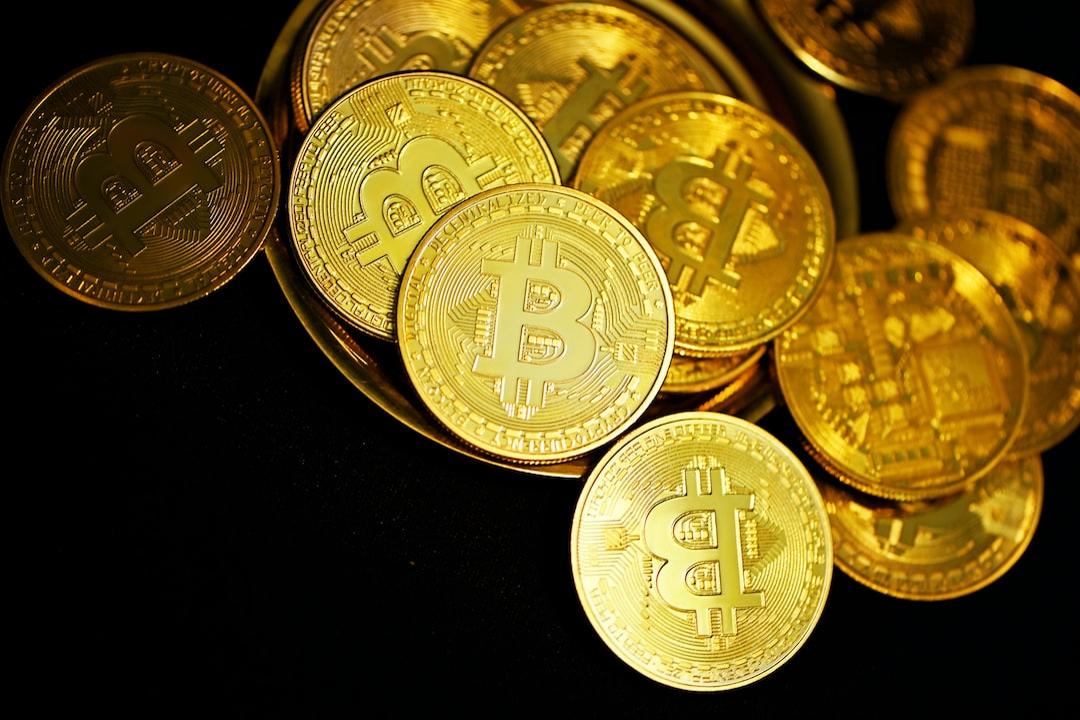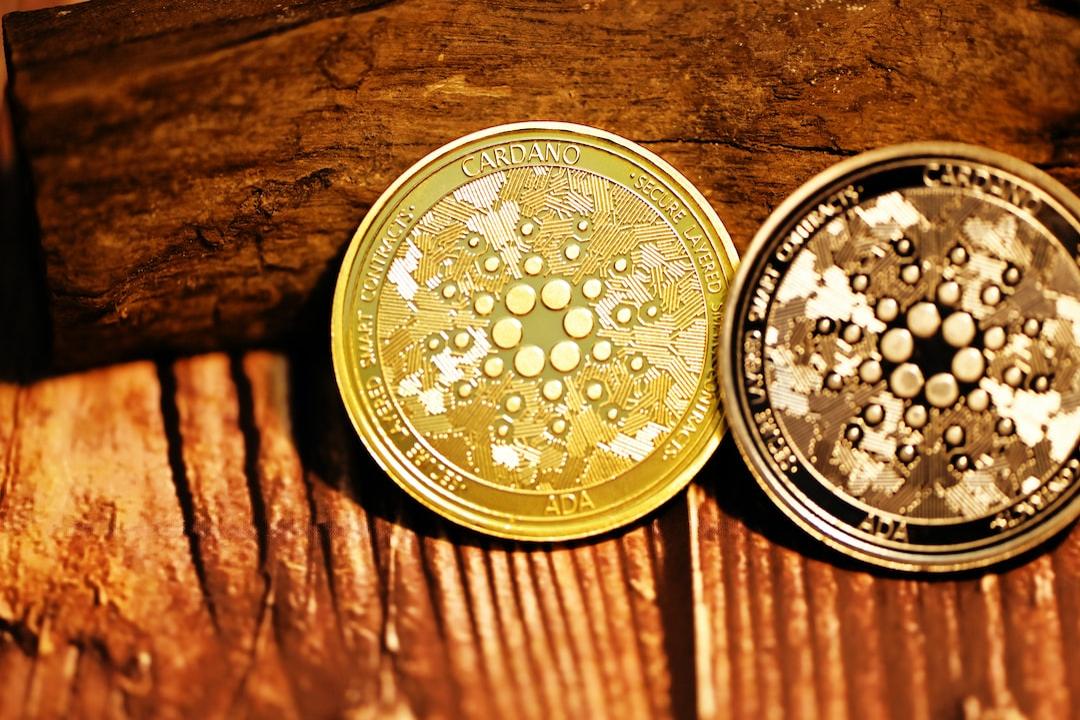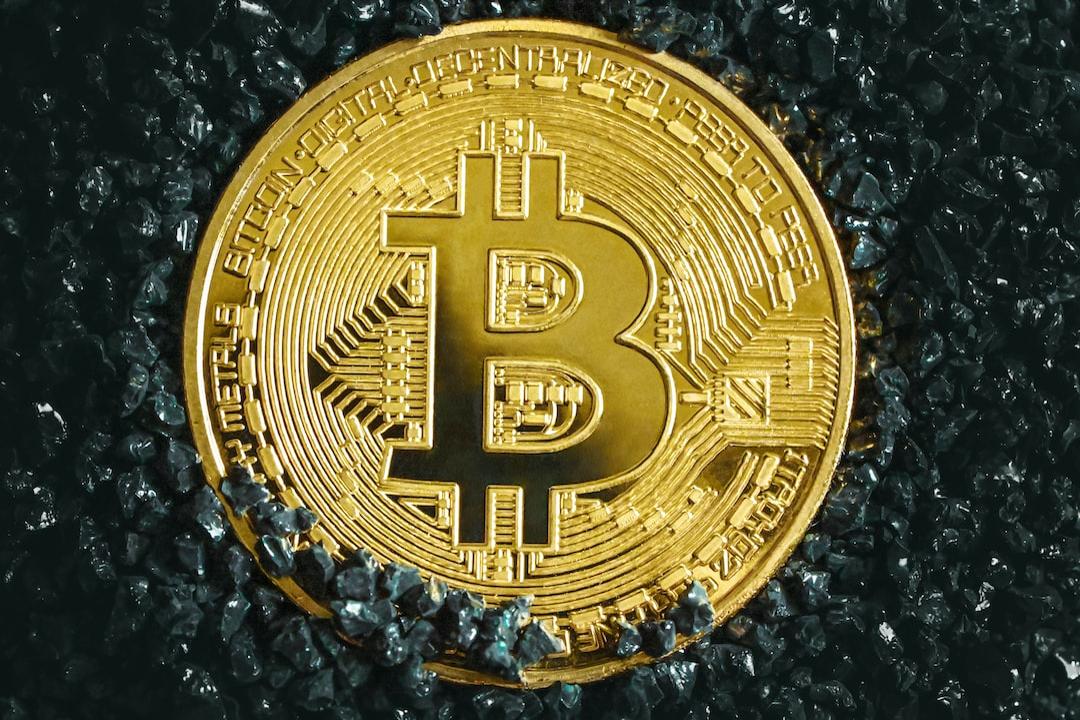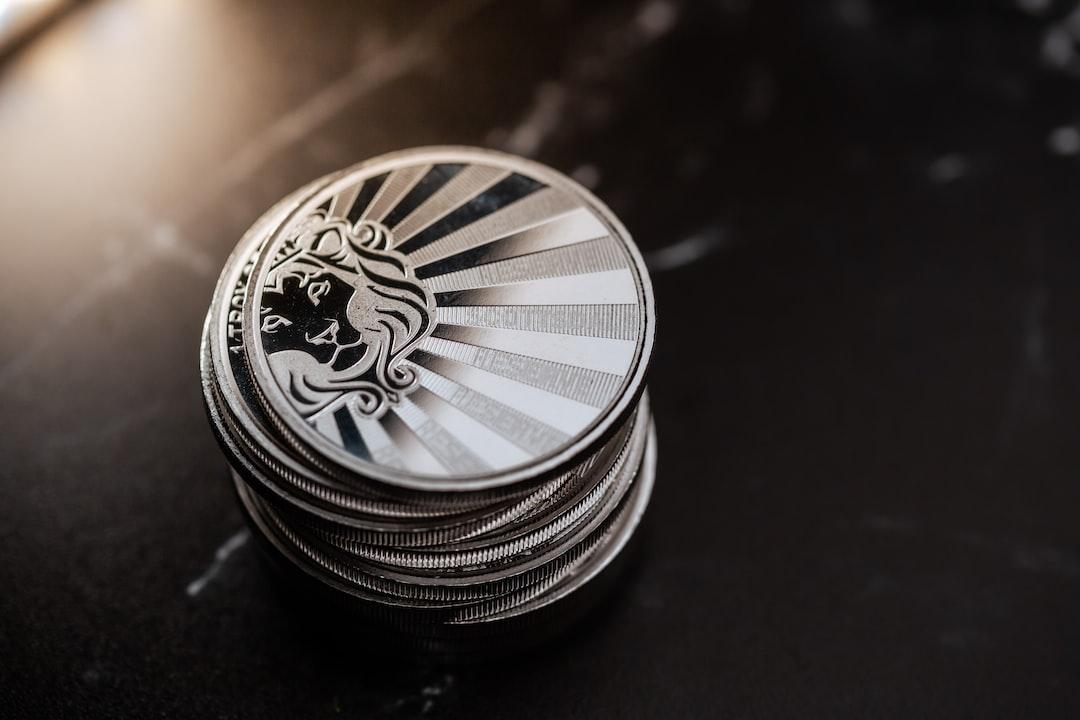**Which Has the Largest Market Cap: TWD, HKD, or Bitcoin?**
Opinion articles present diverse viewpoints and do not necessarily represent the stance of *WEB3+*.
Yesterday, I visited Taipei University of Science and Technology for a brief discussion on “Financial Freedomism,” where I posed a few questions to the students as an opening. I will share these questions with you in the context of environmental sustainability.
Is saving 100 TWD daily considered saving or investing?
What if you save an equivalent of 100 TWD in HKD daily, is that saving or investing?
What about saving 100 TWD worth of USD every day?
How about JPY, Turkish Lira, Gold, or Bitcoin?
I’ve mentioned before how, when I was young, I was highly resistant to investing, believing it was just about buying low and selling high without creating anything. Even today, many people around me emphasize that they only save, not invest. However, if some of your answers to these questions are “saving” and some are “investing,” what line do you draw between the two? How does “good” saving quietly turn into “evil” investing?
Life isn’t a public exam, so I can’t provide absolute or standardized answers. But with this week’s newsletter, you’ll gain a fresh perspective on things that governments will never teach their people.
**Looking at Earth from Space: FiatMarketCap**
Unless you’re from the Tomb Raider school of thought, you’ve likely heard of the term “market capitalization” (market cap). Market cap is typically used to measure companies. Anyone following the U.S. stock market knows that the largest companies by market cap right now are Apple, Microsoft, and Nvidia, with their rankings often switching as stock prices fluctuate. As for the market cap of cryptocurrencies, most readers are likely familiar with Bitcoin and Ethereum, which have consistently held the top two spots, with XRP recently overtaking USDT, partly due to new U.S. government policies.
Interestingly, few people pay attention to the “market cap” of fiat currencies, and even fewer compare the market caps of stocks, cryptocurrencies, fiat currencies, and other assets. This is because fiat currencies are the absolute benchmark by which most people measure prices and value. They exist as an unquestioned standard. Only when we view the world from space can we realize that the mass of Earth, the Moon, and the Sun can all be compared.
Last month, before Bitcoin surged past $100,000, an event occurred that was vastly underappreciated in its significance:
Bitcoin’s market cap surpassed that of the New Taiwan Dollar (TWD) market cap (M2, broad money supply).
Yes, while most people in Taiwan still don’t fully understand Bitcoin, with a small number seeing TWD as savings and Bitcoin as an investment, Bitcoin’s market cap has already surpassed TWD’s.
Of course, market cap doesn’t mean everything. The broad money supply is just one of many indicators of economic scale, but it is at least an indicator that cannot be ignored.
Now, consider this: In the world of over 200 countries, which has more widespread acceptance, the TWD or Bitcoin? Even considering liquidity, Bitcoin is not inferior to TWD.
To view the market cap rankings of companies, you can use finance sites like Google Finance. To check the market cap of cryptocurrencies, most people turn to CoinMarketCap, but I personally recommend CoinGecko. For fiat currencies’ “market cap,” there’s a little-known site aptly named FiatMarketCap.

FiatMarketCap not only organizes data on currencies from various countries, but what’s more interesting is that it includes Bitcoin as well, measuring prices in terms of Bitcoin. For example, the market cap of the Chinese Yuan is 400 million BTC, about 20 times Bitcoin’s market cap, with 1 CNY equal to 130 sats (the smallest unit of Bitcoin).
In traditional concepts, cryptocurrencies can be divided into very small units. However, as Bitcoin’s price rises, FiatMarketCap’s statistics show that the smallest unit of 29 national currencies has now reached or dropped below 1 sat, including familiar currencies such as the South Korean Won, Indonesian Rupiah, and Vietnamese Dong.
Looking at the market cap rankings of currencies, the TWD stands strong with a market cap of about 63.385 trillion TWD, which equals 18,514,510 BTC at current prices. Before Bitcoin overtook it, TWD was ranked 12th, and it remains 12th—if we disregard Bitcoin and consider only fiat currencies.
What about the Hong Kong Dollar (HKD)? As expected from an international financial hub (now a relic), Hong Kong’s currency market cap is larger than both the TWD and Bitcoin, ranking 10th globally.
However, just a few weeks ago, the Hong Kong government announced a budget deficit in the billions and will soon issue bonds to cover it. Meanwhile, Bitcoin has already surpassed TWD, and has overtaken the Australian Dollar and Brazilian Real. If Bitcoin rises another 10% against the USD, reaching just under $120,000, its market cap will exceed that of the HKD.
Instead of imagining how Bitcoin will surpass $120,000, it’s harder to imagine that it won’t. It’s just a matter of time before Bitcoin’s market cap exceeds that of the HKD. It looks like I need to finish writing this weekly report quickly, or it may be outdated before it’s even published.
By the way, aside from CoinMarketCap and FiatMarketCap, there’s another site called InfiniteMarketCap that compares the market caps of assets other than fiat currencies. The largest asset by market cap is gold, at $18 trillion, followed by Apple at $3.8 trillion. Bitcoin, with a market cap of $2 trillion, ranks 7th, surpassing silver, which has a market cap of $1.7 trillion and currently ranks 10th, despite the traditional world dismissing Bitcoin as not being “real money.”
How high Bitcoin will rise is a question on everyone’s mind. If we believe that Bitcoin is digital gold, then considering that gold’s market cap is nine times larger than Bitcoin’s, it’s a reference worth noting.

**The World’s Most Popular Meme Coin**
Earlier this month, Bitcoin surged past $100,000, and I posted on social media, “Alice News Report: USD drops below 0.00001 BTC.” This garnered some laughs, but honestly, I was only half-joking. No, I’m very serious about adopting a Bitcoin standard in the investment field.
For simplicity, the first half of this article used the USD as a reference, but the idea that USD will drop below 0.00001 BTC is not a joke; it’s an inevitable fact.
Take a look at the price trend of a certain meme coin over the past five years:

I believe everyone would agree that this meme coin hasn’t performed well as an investment, and it is often criticized as a “junk coin.” This meme coin is none other than the USD—the currency that you, I, and most people “invest” in, or should I say “save” in.
This chart shows the 5-year performance of USDT against Bitcoin. I deliberately shortened the time span to five years so that the latter part of the graph doesn’t visually become a flat line. You might ask, isn’t USDT a stablecoin? In reality, all stability is relative.
At the beginning of the article, I asked whether saving Turkish Lira daily is considered saving or investing, and you might have wondered, “Who would be foolish enough to save a constantly depreciating currency every day?” The answer is clear: the Turkish people.
Now, what about those of us who save in USD, HKD, or TWD? Sorry, but we’re only laughing at others from a shorter distance.
The big question in the title—whether TWD, HKD, or Bitcoin has the largest market cap—has already been answered. As for which will disappear first, will it be Bitcoin’s cryptographic algorithm breaking under quantum computing, the HKD becoming another “historical document” after the Sino-British Joint Declaration, or will the NTD eventually be replaced by a new NTD? That’s a question for the readers to contemplate.
P.S. Last week, I took the ferry from North Point to Kwun Tong. The boat, which could carry 287 passengers, only had 14 people aboard, with nobody upstairs except me. I walked on the deck, took photos of Victoria Harbour, enjoyed the sea breeze, and sunbathed—what a carefree experience. Over the past two weeks, more small shops have announced their closure, including Hung Wan Bakery, which will close at the end of this month, and Black Window, which will close in late January. Both were places I frequented and enjoyed. Black Window, in particular, sold “Flying Buddha” and inspired many of my weekly reports.
When a small shop closes, Hong Kong people always express great regret, traveling far just to take a photo and reminisce. But why do I almost never see anyone there when it’s open? I can foresee that the ferry service will cease soon, but before it does, Hong Kong people will suddenly start to appreciate it, squeezing onto the boat just to take pictures for memories. While posing for photos isn’t a problem, wouldn’t it be even better when you’re the only one on the whole boat, taking photos freely without anyone watching?
**Opinion articles present diverse viewpoints and do not necessarily represent the stance of *WEB3+*.**

